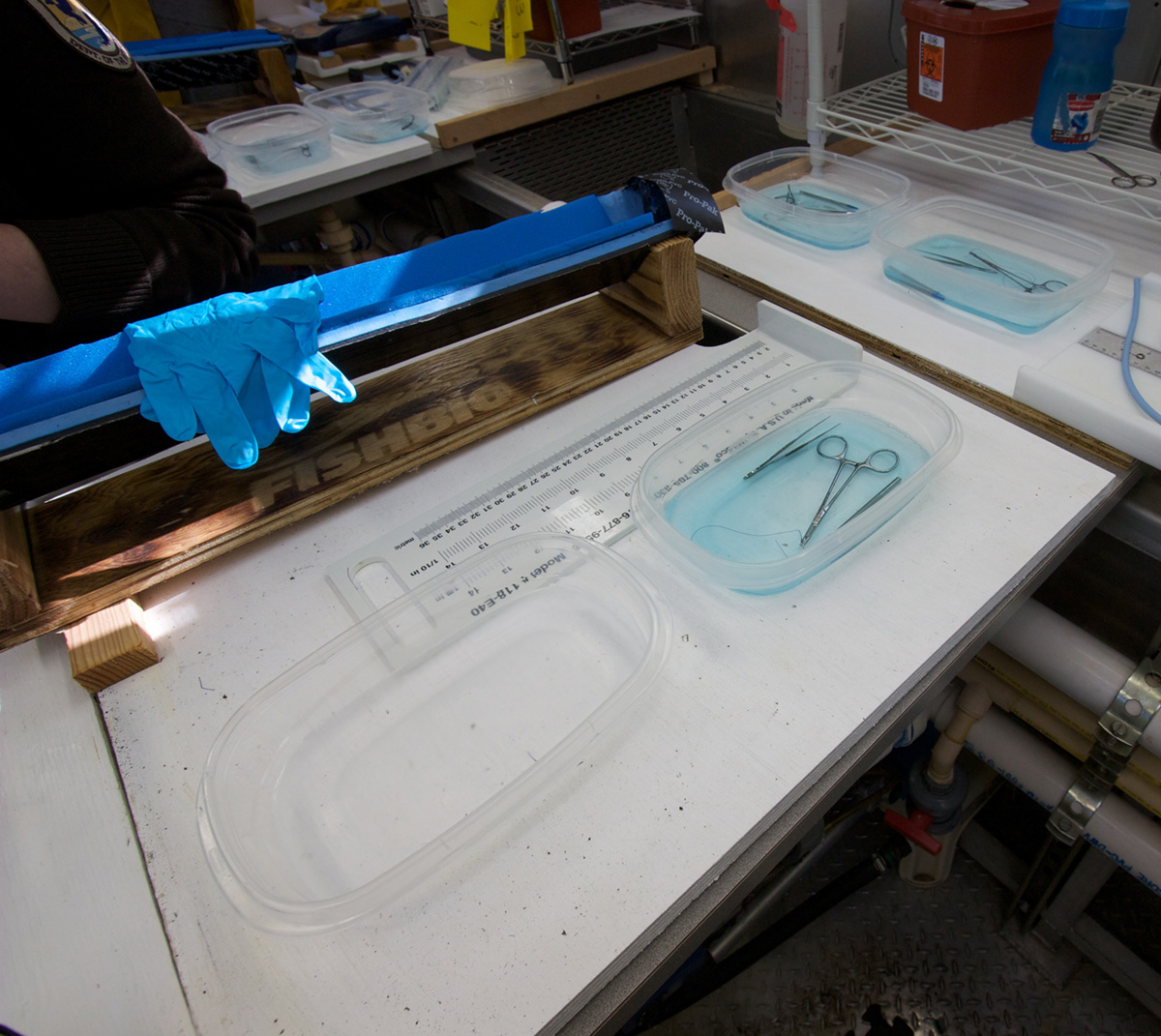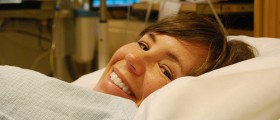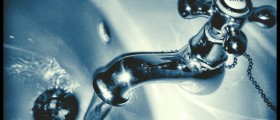
Genital prolapse
All inner women’s genitalia are located in small pelvis area, above the interspinal line, the line that connects two pelvic bones. Under the effect of different pathological factors, inner organs can change their position and it is called prolapse. This usually happens without any visible symptom, but there are some signs that point out to this condition. Organs that can reposition are uterus and vagina, which sometimes happens after the delivery, as a consequence of the insufficient elasticity of the muscles in pelvic walls. This creates discomfort and a patient makes complaints mentioning increased weight feeling. If, beside vagina, bladder is affected, incontinency might occurs, usually in the moments of laughing, coughing and weight lifting.
Types of Genital prolapse
Genital prolapse of vagina can have different levels. Intensive prolapse can literally pull other organs, such as rectum, bladder, small intestine (enterocele). Long and hard deliveries can lead to the breach of the muscles in the bottom of pelvic area and also, muscles around anus can become very relaxed, thus causing a complete or partial prolapsed of the vagina.
Cistocele, beside the vaginal introitus, include the bottom of the bladder. These women almost always have vaginal infection with different type of vaginal secretion. Also, bladder retention appears and leads to accumulation of urine in the bladder, which is one of the factors that can lead to urinary infection. Rectocele includes last wall of introitus and rectum. Quite often, constipation is involved and heavy infections are not uncommon because there is an easy passage from rectum to vagina. Enterocela is similar to rectocele and with the nasal wall of vagina, under the intra abdominal pressure, prolapse happens. This type usually goes along with rectocele, when it is called rectoenterocele.All these types have serious symptoms and therefore have to be treated in order for women to live normally. Surgical method is the most common and if it is not performed, the prolapse can become even more complicated. There are different types of surgeries, since there are different types of prolapses, but the main goal is the same, returning the woman’s organs into previous, healthy state. In cistocele, excessive part of the frontal wall of vagina is eliminated, which returns the wall to a normal position and the bladder is fixated. If uretrocele is present in this case, surgeons have to take extra care regarding the angle between the bladder and urethra in order for urination process to be normal. Rectocella is treated in similar way. Surgical procedure is not strongly recommended for younger women, because of the eventual pregnancy. If the symptoms are serious, surgery has to be done.

















Your thoughts on this
Loading...